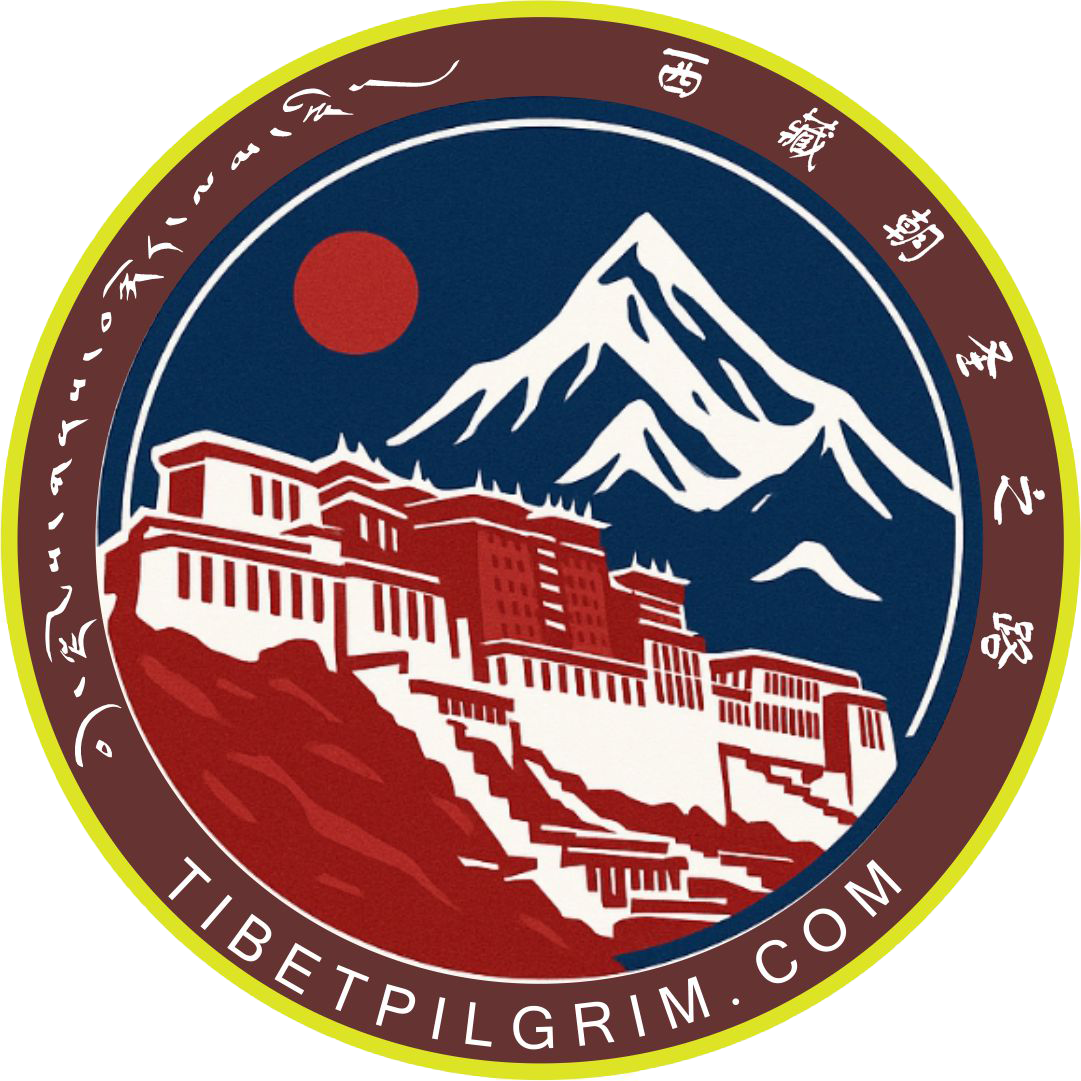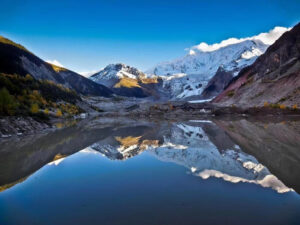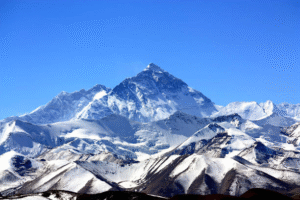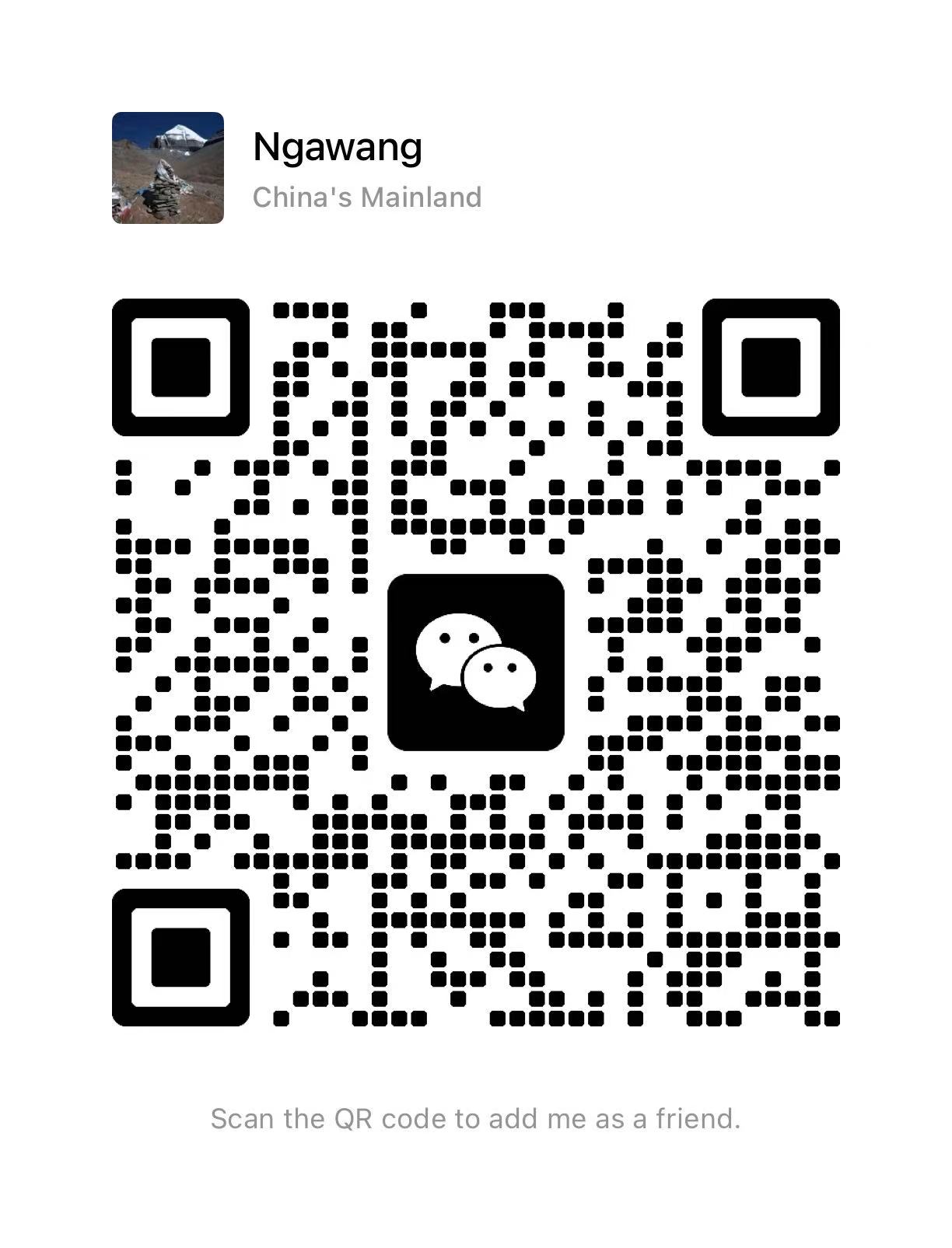The Best Time to Visit Mt. Everest
When planning a trip to Mt. Everest—specifically the Everest Base Camp (EBC) on the Tibetan side—it’s important to consider a few key factors: climate, comfort, cost, and photography conditions. Below is a detailed breakdown to help you choose the most suitable time for your journey.
1. Based on Climate and Natural Conditions
Mt. Everest is located in the Himalayan Range, and the EBC on the Tibetan side sits at an altitude of 5,200 meters, about 19 kilometers from the summit. The oxygen content is significantly lower than sea level, and wind speeds can be extreme.
Winter (January–March & November–December):
Strong winds and frequent snowfall make travel conditions harsh. Temperatures are extremely low, and the wind speed is often high, making this period the least favorable for visiting Mt. Everest.
Spring to Autumn (April–October):
Wind speeds are lower—usually Level 6 or below—and temperatures gradually rise. These months offer more favorable weather for travel.
July and August, however, fall in the monsoon season, with increased precipitation and occasional rain, so real-time weather updates are essential.
2. Based on Physical Comfort
Winter Travel (November–March):
Temperatures drop significantly. Due to the cold, tap water in Tingri County may be unavailable, and accommodations at Rongbuk Monastery guesthouses or local lodgings often lack heating, air conditioning, and bathing facilities. The harsh conditions make winter less comfortable for most travelers.
Summer Travel (April–October):
The warmer temperatures and reduced wind make this period more comfortable. Guests typically stay in EBC tents or Rongbuk Monastery guesthouses. While basic, these accommodations are more bearable than in winter, though they still lack private bathrooms and heating.
3. Based on Budget and Crowds
High Season (July–September):
This is the most popular time to visit Tibet. Tourist sites are crowded, accommodations are in high demand, and prices surge, especially during major festivals like the Shoton Festival.
EBC tents must be booked in advance, and visitors often have to share wide beds with others in the same tent.
Low Season (Winter):
Despite the harsh weather, winter offers a budget-friendly travel experience. There are fewer visitors, lower prices, and better availability of services. The snow-covered Mt. Everest presents a unique, majestic, and serene view—different from the rest of the year and ideal for those seeking a quieter experience.
4. Based on Photography Opportunities
Best Photography Months:
April
October to mid-November
These months offer clear skies, minimal rainfall, and excellent visibility, which significantly increase your chances of capturing a clear view of the summit. The lighting conditions are ideal, temperatures are moderate, and there are fewer tourists, allowing for more flexibility and creativity for photography lovers.
Conclusion
The best overall time to visit Mt. Everest on the Tibetan side is April, October, and early November, balancing clear skies, comfortable conditions, and fewer crowds. If you are looking for budget options and want to witness a snow-covered Everest in peaceful solitude, winter may also be worth considering—provided you’re well-prepared for the cold. Avoid the peak summer months (July–August) if you’re concerned about crowds or high prices.
Let me know if you’d like a shorter version or a Chinese translation




